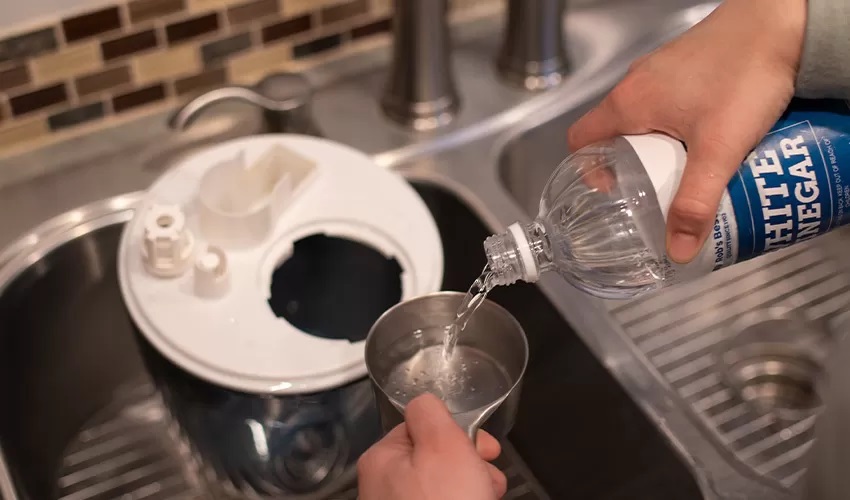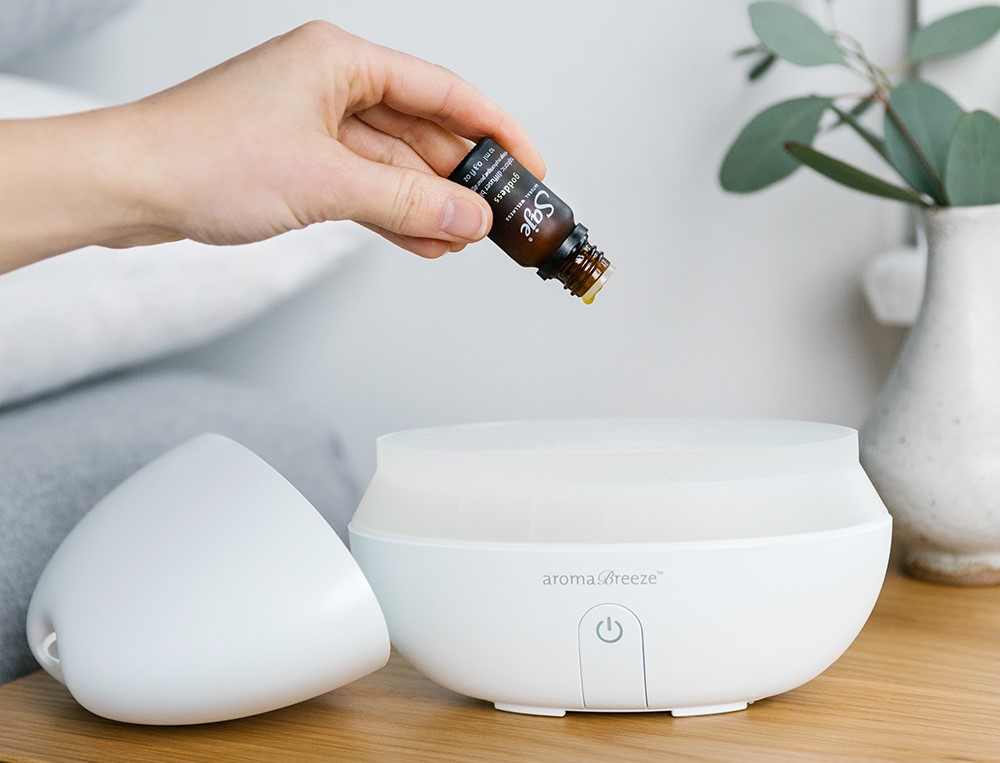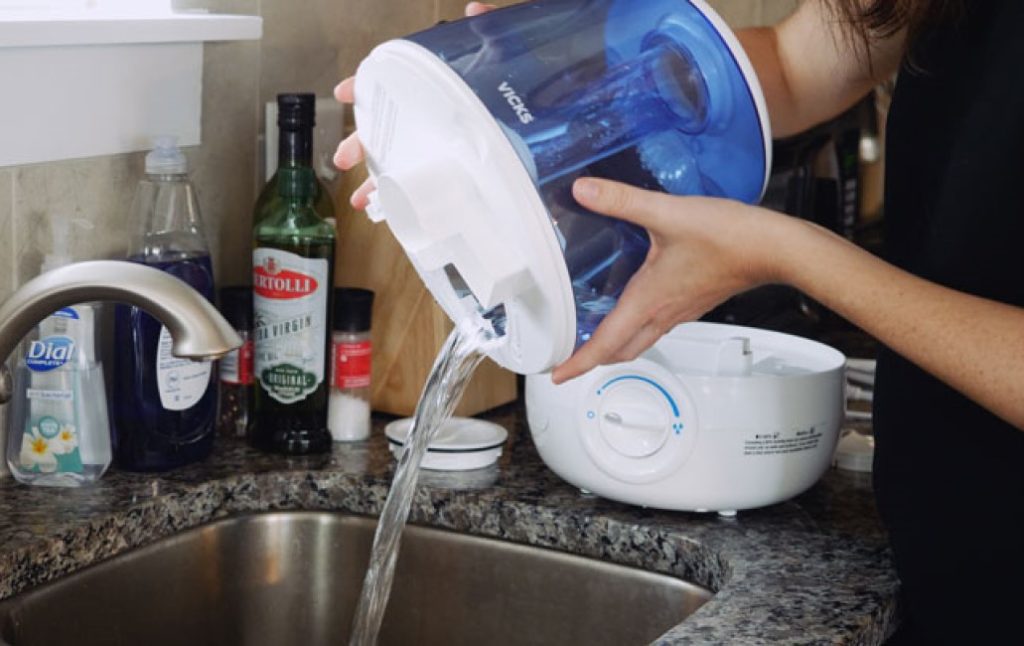

An electric humidifier can increase humidity in an entire house, a room, or office. If they are very efficient, their purchase prices but especially their supposed electricity consumption are likely to put you off – or that’s what we’re made to believe!
So, let’s face it! Do humidifiers use a lot of electricity? Well, in most of the models, the portable humidifiers consume relatively little electricity – between 30 and 50 watts. If you need a more efficient system for the whole house, these installations can however consume about 250 watts. The annual cost of these ranges from $1.2 to $150.
However, since many of these devices are sold without a humidistat control, they are often in continuous operation. Here, the cost can go up especially if you just leave them to run continuously. Hence, you can’t blame the device for this. In any case, the fear of a too big bill can hold back many people, especially with electricity prices increasing every year.
However, you will see that all you pay for in electricity bills are for better comfort. Asides from show you what each type of dehumidifier adds to your electricity bill, in this article, we will be giving you some tips to minimize your humidifier energy consumption.
It’s not easy to estimate the power consumption of an air humidifier. Indeed, there are a lot of parameters to take into account before we can talk about its cost.
Of course, there is the brand, the power, and the model that play a huge role in our consumption.
The way you use and maintain your electric air humidifier can also influence its performance, and therefore its energy consumption.
All this, therefore, contributes, as we will have understood, to changing the result, that is to say, the amount of our electricity bill (but not only, as we will see).
To answer the question of how much energy an air humidifier uses, you have to ask the question of what your needs are.
Many brands have models of all ranges: Rowenta, DeLonghi, Qlima… enough to find on that will make you happy with the assurance of good quality. These can be generally categorized below, based on their size and of course energy consumption.
Again, everything will depend on our needs. If you need a more efficient system for the whole house, these installations can however consume about 250 watts.
Whole house humidifiers produce high adjustable humidity levels for the entire house. Although they are more expensive and requiring expensive installation, they are cost-efficient in the long run. Whole-house humidifiers are around 30 to 40 efficient.
If the humidifier is to be used in just a room with a reasonable volume, for little humidity, it is not worth investing in a high-end whole-house model. A mid-range portable humidifier will be more than enough.
The portable humidifiers consume relatively little electricity – between 30 and 50 watts. Steam humidifiers are typical examples of these average-sized portable humidifiers. However, some models are more energy-efficient than the range given above.
One of the most energy-efficient portable humidifiers is the Pure Enrichment® MistAire™. This ultrasonic cool mist humidifier uses just around 12 watts of energy and can be used in the bedroom, office, nursery, or other medium-sized rooms.
Evaporative humidifiers are also another type of average-sized portable humidifiers and the Vornado EVDC500 is one of the most popular among homeowners who want to achieve the optimal relative humidity in their living room or bedroom.
Also called mini or travel humidifiers, these are cup or mug-sized. They are the most energy-efficient. But they will not be as effective as the bigger-sized portable humidifier. Modern mini humidifiers use as low as 1.5 to 2 watts
One of the parameters that will take a huge toll (or not) on your budget will be the time the humidifier is running.
Here again, there is no rule, but rather generalities that you will have to adapt according to the dryness of your room, its size, the power of the device, and what humidity level you want to reach.
For the first few days, it can be operated continuously (12 hours) until it reaches relative humidity.
This is necessary because you need to start by adding scarce humidity into the home.
Then, once you have succeeded in reaching the appropriate humidity level, you will have to “maintain”, that is to say, start it up every day, but only for a few hours, the objective being to keep the air fairly humid between 40 to 60% humidity Trusted Source Effects of thermal environment on sleep and circadian rhythm The thermal environment is one of the most important factors that can affect human sleep. The stereotypical effects of heat or cold exposure are increased wakefulness and decreased rapid eye movement sleep and slow wave sleep. These effects of the thermal environment on sleep stages are strongly linked to thermoregulation, which affects the mechanism regulating sleep. jphysiolanthropol.biomedcentral.com .
As you can see, you’re not going to be using it for much time after all, unless you have a big house with a lot of humidity.
The first few times will only require intensive use, then it will be about maintaining the humidity, therefore less power consumption.
As it is impossible to know the exact power (because it varies according to the criteria seen above), we will talk about average. Moreover, we note that the power of these devices is around 2, 40, and 250 watts on average, depending on the type and size, which in itself is not huge.
To calculate the daily cost of running a humidifier, you have to take the power rating of the humidifier and multiply the result by the cost of a kilowatt of energy in your state or locality.
According to the EIA Trusted Source Electric Power Monthly The Electricity Monthly Update features a major event or an informative topic in the electric power industry and highlights key indicators at a glance. www.eia.gov , the average hourly cost of energy per kilowatt is 13.71 cents.
So using the earlier averages, a mini air dehumidifier will cost you $0.10 monthly for 12 hours of daily use. A medium-sized portable humidifier will cost you $1.97 per month for 12-hour daily use. Meanwhile, a whole-house humidifier will cost you $12.33 per month for 12-hour daily use and $150 annually.
You can therefore see that the bill is not very high and that investing can even be economical. It is much less than an air conditioner.
Like many appliances, when you are shopping for a humidifier, you will invariably come across the Energy Star logo. What is it? What does it mean? People often wonder if Energy Star is a good indicator for choosing a new appliance.
Energy Star is the international standard for premium, energy-efficient consumer products. So when you see the logo, you are looking at an efficient and energy-efficient appliance. When a product has the Energy Star logo, it means it offers annual savings of at least 20% to 30% over conventional models.
Energy Star makes it easy and quick to find the most energy-efficient humidifiers in their class. Energy Star humidifiers cost less to operate and are more environmentally friendly. They use less energy to do the same job as a non-Energy Star appliance, which means they create less greenhouse gases.
Plus, Energy Star appliances save energy without compromising on performance, style, or comfort. So you can enjoy the same features as a conventional model while saving money in the long run. In fact,
you can save up to 15 percent
Trusted Source
Energy efficiency appliances: Worth the investment?
Energy efficiency appliances: Worth the investment?
When purchasing appliances, you want a machine that works hard, is long-lasting and fits within your budget. Determining whether an appliance is a good investment is more complicated than just considering the purchase price. You should also evaluate the cost of ownership – in other words, how much an appliance will cost to operate – it’s energy efficiency.
www.saveonenergy.com
of your humidifier or dehumidifier energy costs by switching to Energy Star appliances.
In short, you will enjoy superior performance and savings with Energy Star products. They save energy, money and protect the environment. It’s a win-win situation.
Technically, you cannot reduce the energy consumption of an appliance. The rated consumption can only vary according to the humidification level chosen. Asides from that, you have to only manipulate other factors. Below are some tips to minimizing the energy use of a humidifier:
To humidify a space and use the needed energy, you must choose a humidifier that is suitable for the size of the room. For example, choose a small appliance for a small room. On the contrary, when it is a large room, it is necessary to choose the large models with great power.
Many people often ask the question: do humidifiers use a lot of electricity because of the fear of a too big bill. However, we’ve analyzed the cost of using a humidifier and you can see that the cost varies from $1.2 to $150 annually, depending on the size and type of humidifier.
Power consumption varies depending on the power of the device. This is why it is preferable to use the device at night to be able to save energy and reduce your bill. This is possible if your electricity consumption is calculated based on peak and off-peak hours.





